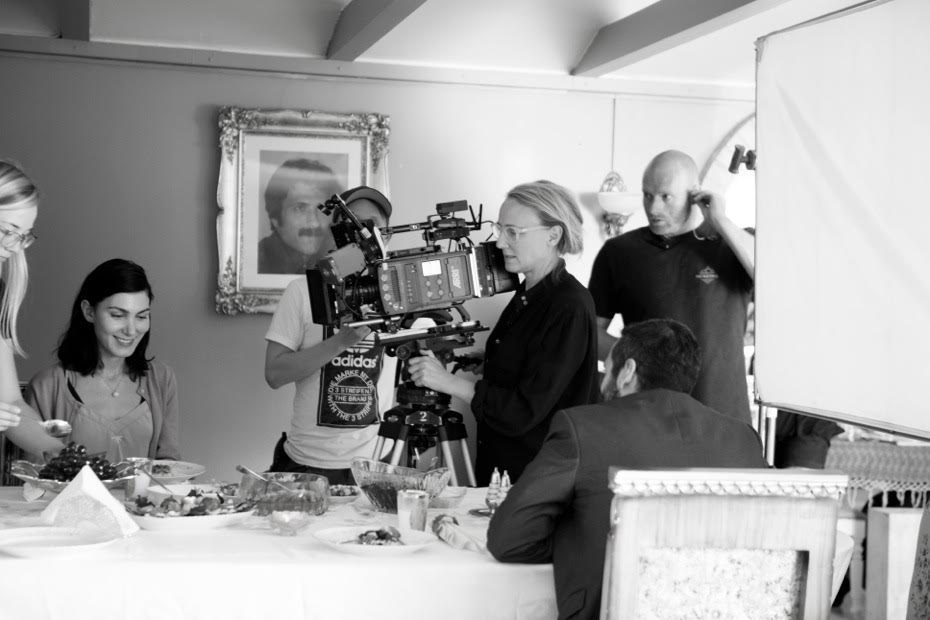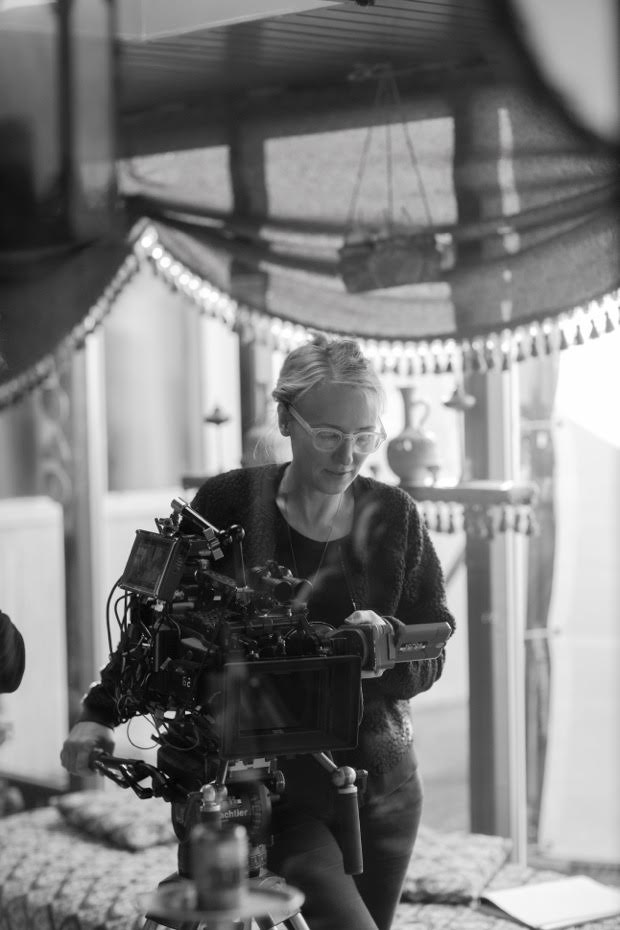Sophia Olsson’s striking cinematography has been at the heart of a string of lauded features by young filmmakers, including Rúnar Rúnarsson’s Sparrows (2015), Iceland’s submission for the Foreign Language Oscar, and Amanda Kernell’s powerful Sami Blood (Sameblod, 2016) which won the Europa Cinemas Label in Venice as Best European Film.
Interviewed via a video call on a shakey connection, Olsson sits in an Icelandic café gesturing her points across, illustrating how her craft is a great balancing act of elements, visions and circumstances.
“When you’re trying to convey a story, how do you decide what stays in the frame and what is left out?,” she asks.
In filming Sami Blood the challenge was to “capture the majesty of the Swedish mountains without romanticizing them or letting them overpower the introspective drama experienced by Elle Marja”. In the film, a reindeer-breeding Sami girl tries to escape from her indigenous origins when she’s exposed to the blatant racism of 1930s Sweden.
For Olsson, photography is all about making choices that add depth. “There’s no need to overimpose an emotion on the audience,” she says.
The evocative photography of Philip-Lorca diCorcia, renowned for his documentary images that border the theatrical, is one of her major sources of inspiration. Olsson is intrigued by diCorcia’s ability to intimately portray subjects in everyday moments and settings with great presence.
Next on Olsson’s horizon is shooting the final scenes of director Milad Alami’s feature debut The Charmer (Charmören), the story of a young Iranian asylum seeker desperately looking to meet a woman who can secure his stay in Denmark. Given Olsson’s eye for talent-rich collaborations, it will definitely be a film to look out for.
Sophia Olsson has a degree in film directing from Valand Academy and has studied cinematography at the Danish Film School in Copenhagen. Among her first jobs was Björn Runge’s The Fish (Rensa fisk, 2005) and Håkon Liu’s Lucky Blue (2005). Feature films include Christoffer Boe’s debut Beast (2011) and Daniel Borgman’s The Weight of Elephants (2013).
Previously published: Swedish Film # 1 2017


